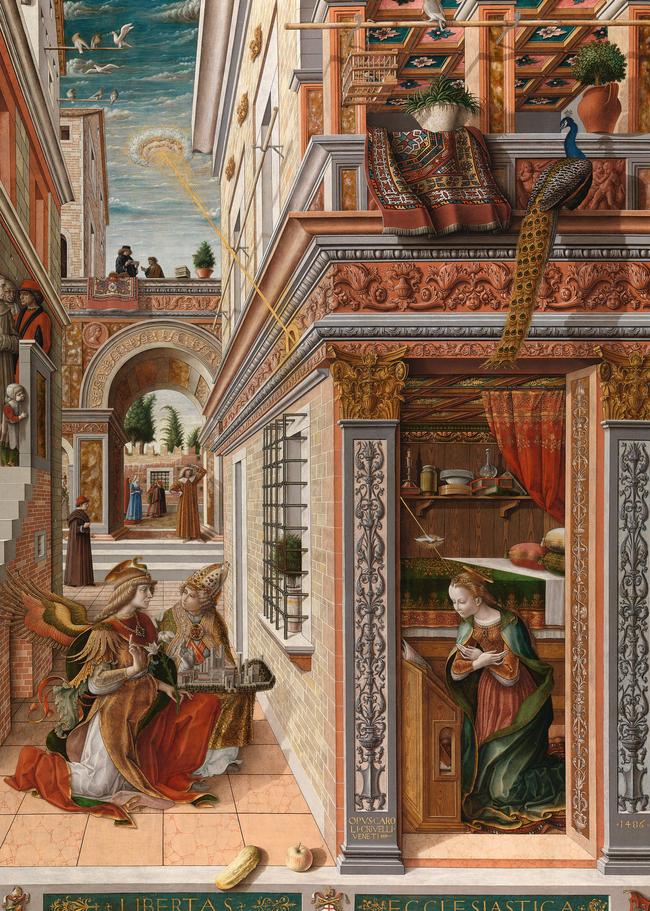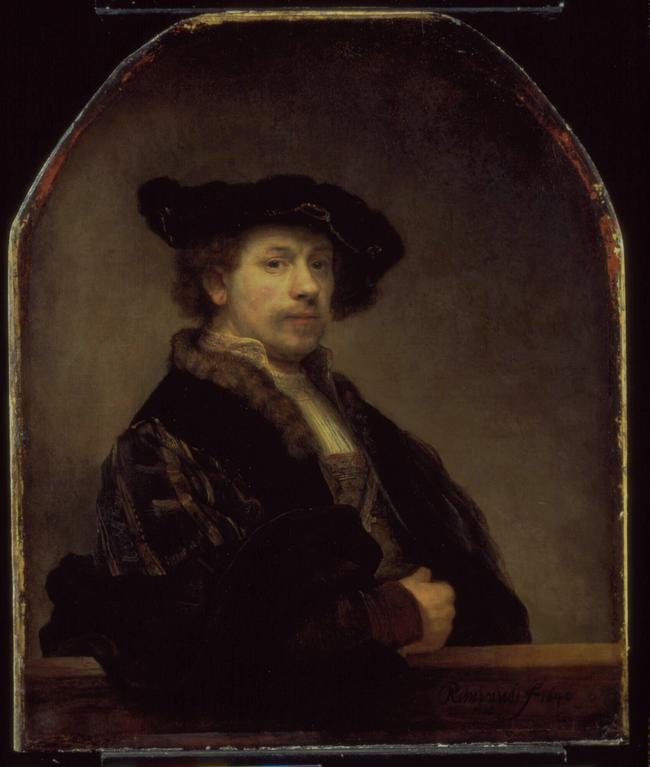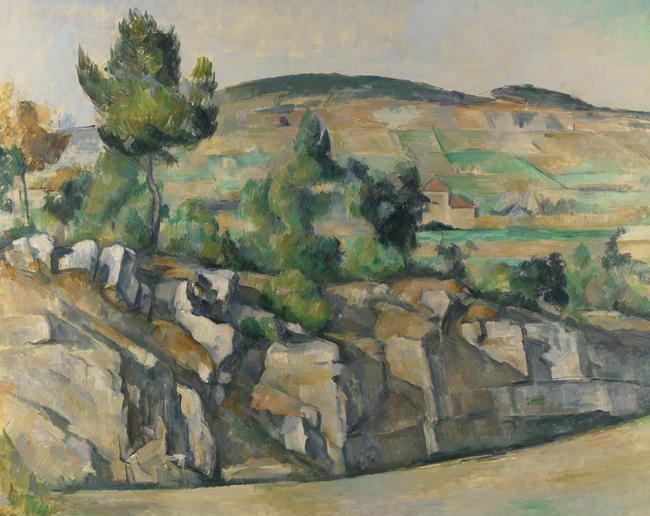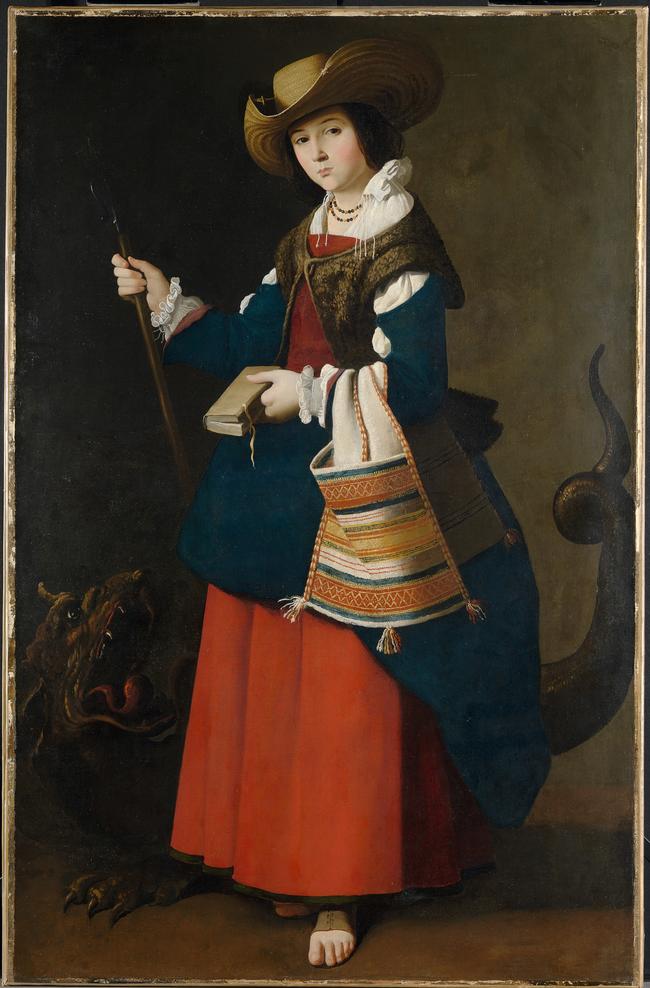Botticelli to van Gogh: 10 must-see works to check out at National Gallery of Australia exhibition
Dozens of Europe’s most famous art works will be on show at National Gallery of Australia’s blockbuster exhibition. But which ones should you make a beeline for?

Arts
Don't miss out on the headlines from Arts. Followed categories will be added to My News.
The National Gallery of Australia’s latest blockbuster exhibition features more than 60 paintings by 56 European masters.
With so many amazing artworks on display at Botticelli to van Gogh: Masterpieces from the National Gallery, London, it can be hard to narrow down your favourites.
Gallery experts share their top 10 must see-works at the exhibition.

SUNFLOWERS 1888, VINCENT VAN GOGH
This is one of the most popular paintings from European art history.
NGA director Nick Mitzevich said like many people, van Gogh was his entry into art.
“To have one of his most famous and loved paintings hanging on the wall at the National
Gallery in Canberra is a dream come true,” Mr Mitzevich said.

THE ANNUNCIATION, WITH SAINT EMIDIUS 1486, CARLO CRIVELLI
Mr Mitzevich said this is a masterpiece of Italian Renaissance art.
“It is one of the great examples of linear perspective and decoration,” he said.
“I love the way Crivelli played pictorial games with his viewers, it’s not just stunningly
beautiful but fun.”

THE ORIGIN OF THE MILKY WAY c1575, JACOPO TINTORETTO.
It is said this painting depicts the god Jupiter trying to feed his son Hercules while his wife, the goddess Juno, was sleeping. She woke and her milk that spurted upwards formed the Milky Way.
Mr Mitzevich said the Italian artist’s use of colour, movement and drama set the standard for what was to come.
“The vibrancy of this painting feels as fresh today as it must have appeared to the people who saw it in Venice in the sixteenth century.”

A YOUNG WOMAN SEATED AT A VIRGINAL c1670-72, JOHANNES VERMEER
This is one of only 34 paintings by Vermeer that is known to exist.
“Standing in front of one of his small exquisite paintings always feels like an event of great importance,” Mr Mitzevich said.

ULYSSES DERIDING POLYPHEMUS – HOMER’S ODYSSEY 1829, JMW TURNER
Art critics have described this painting as“the central picture of Turner’s career”.
It was his breakthrough moment.
“You can see how he shifted the way he used colour and light in his landscapes and took the expressive direction that led to his visionary late works,” Mr Mitzevich said.
“It’s amazing to see the moment in a great artist’s life when the penny drops.”

SELF PORTRAIT AT THE AGE OF 34 1640, REMBRANDT VAN RIJN
This is regarded by many as one of Rembrandt’s most important self portraits.
NGV co-ordinating curator Sally Foster said it was a powerful image of the artist.
“When I stand in front of it, I really do believe I’m looking into the eyes of the 34 year old Rembrandt,” Ms Foster said.

SAINT GEORGE AND THE DRAGON c1470, PAULO UCCELLO
This painting shows a scene from the famous story of Saint George and the Dragon.
On the right, George is spearing the beast, and on the left, the princess is using her belt as a leash to take the dragon to town.
There are much better paintings in the exhibition than this strange little early Renaissance picture, but its strangeness is what makes it so important, Ms Foster said
“It’s a transition picture. Uccello is trying to work out how to move away from the static pictorial style of the late Middle Ages by experimenting with perspective and movement.”

FOUR SCENES FROM THE EARLY LIFE OF SAINT ZENOBIUS c1500, SANDRO BOTTICELLI
It looks like Botticelli had his compass and ruler out when he drew this action packed scene in the colonnaded streets of Florence.
“His use of linear perspective, the depiction of architecture and the way the narrative literally progresses across the picture in this panel tells us that the Renaissance of the arts and the humanities had well and truly arrived,” Ms Foster said.

HILLSIDE IN PROVENCE c1890-92, PAUL CEZANNE
Cezanne was incredibly influential for the Modern abstract avant-garde artists who came after him.
“This is one of those works that is like a key, it unlocks so much of what happened to art in those heady days of the early twentieth century. It’s like a lesson from a book, it’s the art that you study,” Ms Foster said.

SAINT MARGARET OF ANTIOCH 1630-34, FRANCISCO DE ZURBARAN
The fourth-century saint Margaret of Antioch was cast out by her father when she converted to Christianity.
She was left to fend for herself tending sheep but went on to become the patron saint of childbirth.
“This is one of those pictures that I find very difficult to walk past without stopping,” Ms Foster said.
“The expression on Saint Margret’s face, the detail of the Spanish peasant costume and the way the spotlight illuminates the tip of her left foot is beautiful.”
The exhibition opens on March 5, and runs until June 14.





